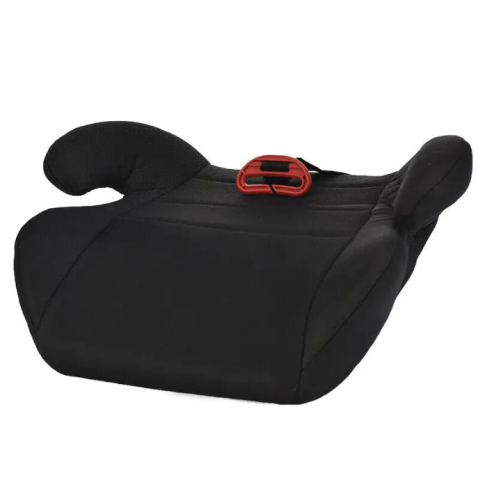On this page
About car seats
Children’s car seats safely restrain children in cars. They protect children from impact in car accidents and reduce the risk of them being injured or killed.
Babies must travel in a rearward facing car seat for at least 6 months.
Children must remain in car seats until around 10 years old. However, if your child still fits the car seat, they are safer staying in it for as long as possible, regardless of age.
Car seats are fitted in the car using anchorage points, seat belts, or both, following the car seat manufacturer’s instructions.
Risks and injuries from the product
Car seats reduce the risk of injury and death to a child if in a car accident.
A child’s risk of injury increases in a car accident if:
- the car seat is not installed correctly
- they are not restrained in the car seat correctly
- the car seat is damaged or too old
- accessories like head supports are used.
Remember, it’s safer to keep your child in a car seat for as long as possible. If they still fit within the shoulder height regardless of age, keep using the car seat.
Things to look for when buying the product
Children can be injured or die in car accidents. For this reason, there’s a mandatory standard that suppliers and retailers must comply with for car seats.
Buying a car seat that complies with the mandatory standard means it’s designed and constructed to reduce the risk of injury. Car seats sold in Australia will have safety features, including for design and marks.
All car seats sold within Australia must meet the child restraints for use in motor vehicles mandatory standard.
The mandatory standard excludes child restraints for children with a disability and child restraints that are an integrated feature of a vehicle.
Use of the car seat
- Confirm road safety advice on using car seats in your state or territory, as laws can vary.
Design and construction
- A 5-point safety harness which has two shoulder straps, a two point waist strap and a crotch strap.
- A tether strap that attaches to the car.
- No rigid or sharp areas in the baby’s reach.
- Check the car seat is right for the child’s size and age, and your car.
Marks and labels
- Simple and visible safety warning statements.
- Information for safe use of the car seat.
Second-hand or borrowed car seats
If you decide to use, buy or borrow a second-hand car seat make sure:
- the product hasn’t been recalled
- it meets current mandatory standards
- it’s right for your child’s size and age, and your car
- it includes the instructions for correct assembly and use
- it’s in good condition and there are no cracks, broken buckles or frayed straps
- all parts are in good working order, and the buckle clicks in securely and does not jam
- it hasn’t been involved in a car accident
- it’s not over 10 years old.
Don’t use or buy a second-hand car seat if it doesn't meet the mandatory standard. Or if you are unsure of its history, condition, and age.
For tips and more information, see Buy safe second-hand products online.
How to use the product safely
Keep your child safe by following this guidance.
Set up the car seat safely
To keep your child safe, make sure you:
- get your car seat fitted by an authorised car seat installation service. To find this service contact your local state or territory road transport authority, Kidsafe or ask your retailer
- follow the product assembly instructions and your car manual (if installing yourself)
- follow product guidelines for your child’s age and size
- don't add accessories or attachments to the car seat that may impact effectiveness of the restraint or increase risk of injury, like head supports.
Use the car seat safely each time
Each time you use the car seat, make sure you:
- check the fit of the safety harness. It should fit snug with no slack or twists in the straps. If you can pinch the straps near your child’s shoulders, they need tightening
- don’t put your child in blankets, swaddling or puffy jackets
- use the car seat properly, even for short distances or when the car is not moving
- make sure you follow car seat safety advice from the product guidelines and the Kidsafe car seat safety advice.
Don't let babies sleep in car seats, and not for long periods
It is unsafe for your baby to sleep in a car seat for long periods as it is not a safe sleeping environment. Your baby is inclined and restrained when sleeping in a car seat. This can put them in a chin to chest position which restricts breathing and increases the risk of injury or sudden death from suffocation.
If your child does falls asleep in their car seat, make sure you check your baby frequently on long trips. Ideally check them every hour and take them out of the car seat for a break.
You should regularly check:
- they have not moved into a chin to chest position
- their colour and breathing.
Don’t leave them sleeping for long periods or unsupervised.
Wake and remove your child as soon as possible to put them in a safe sleeping environment.







